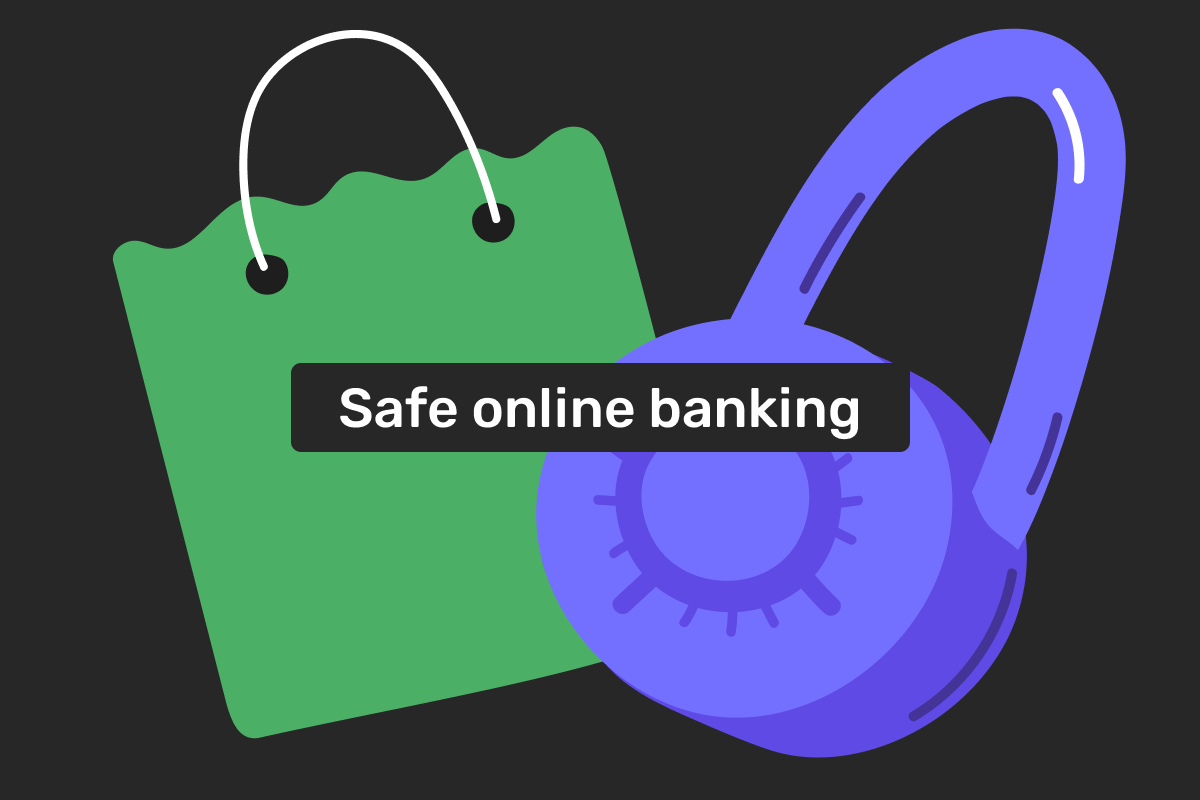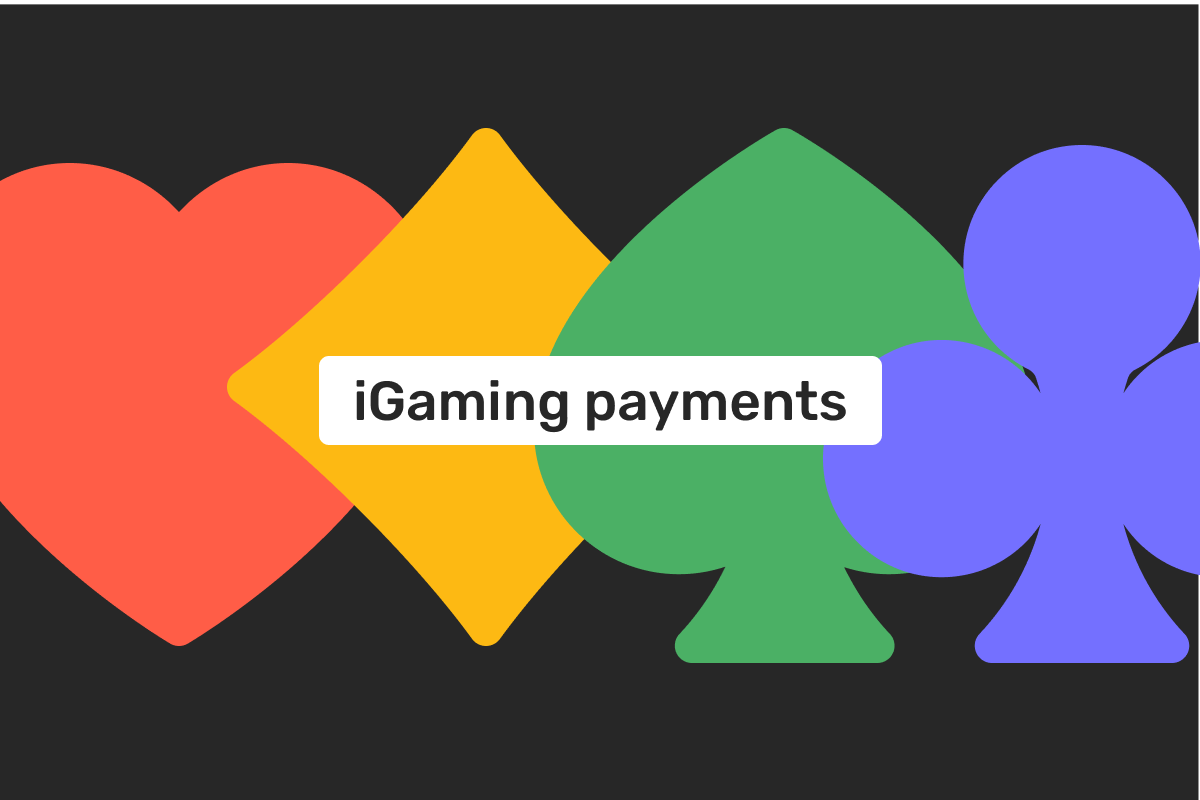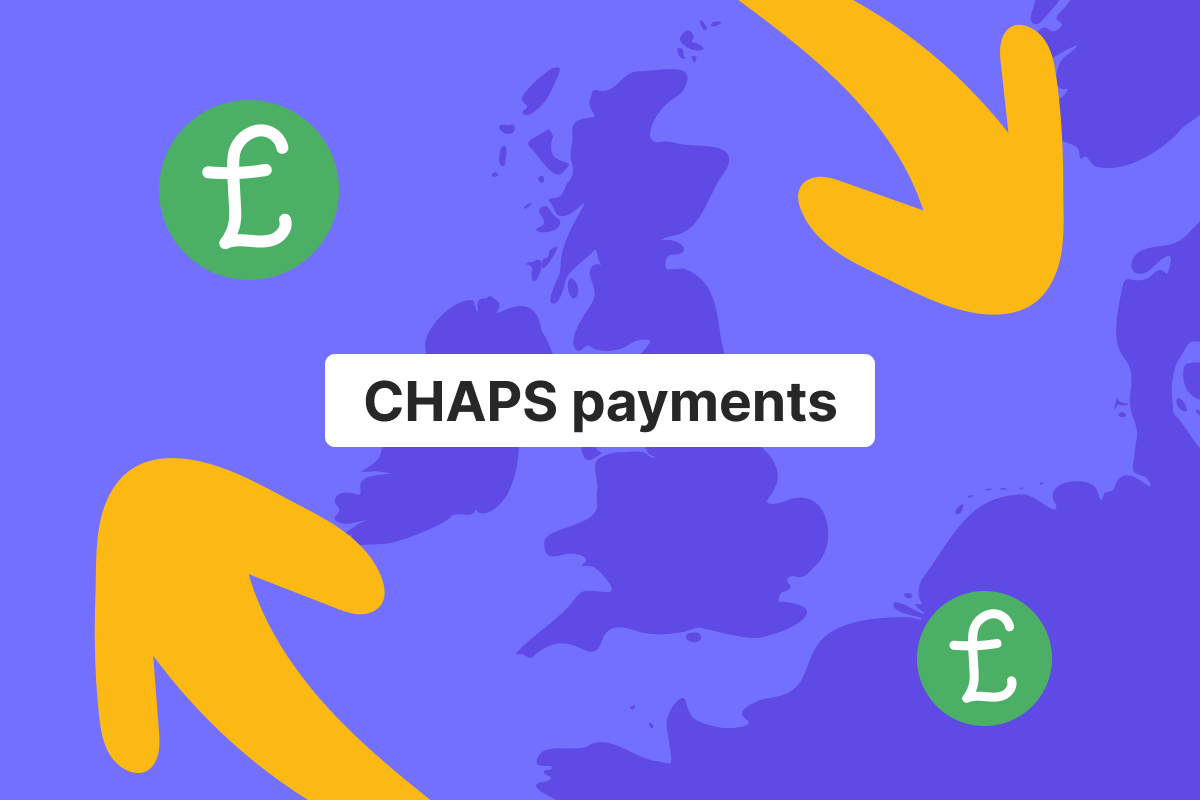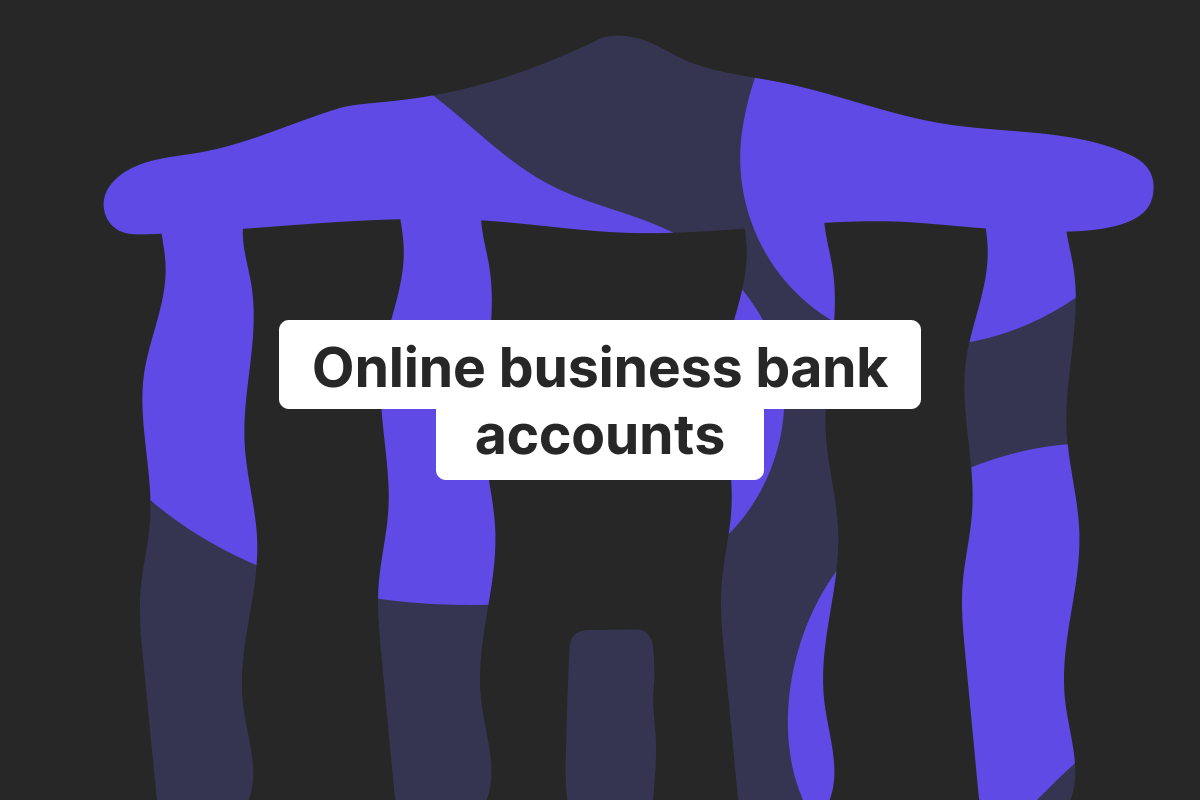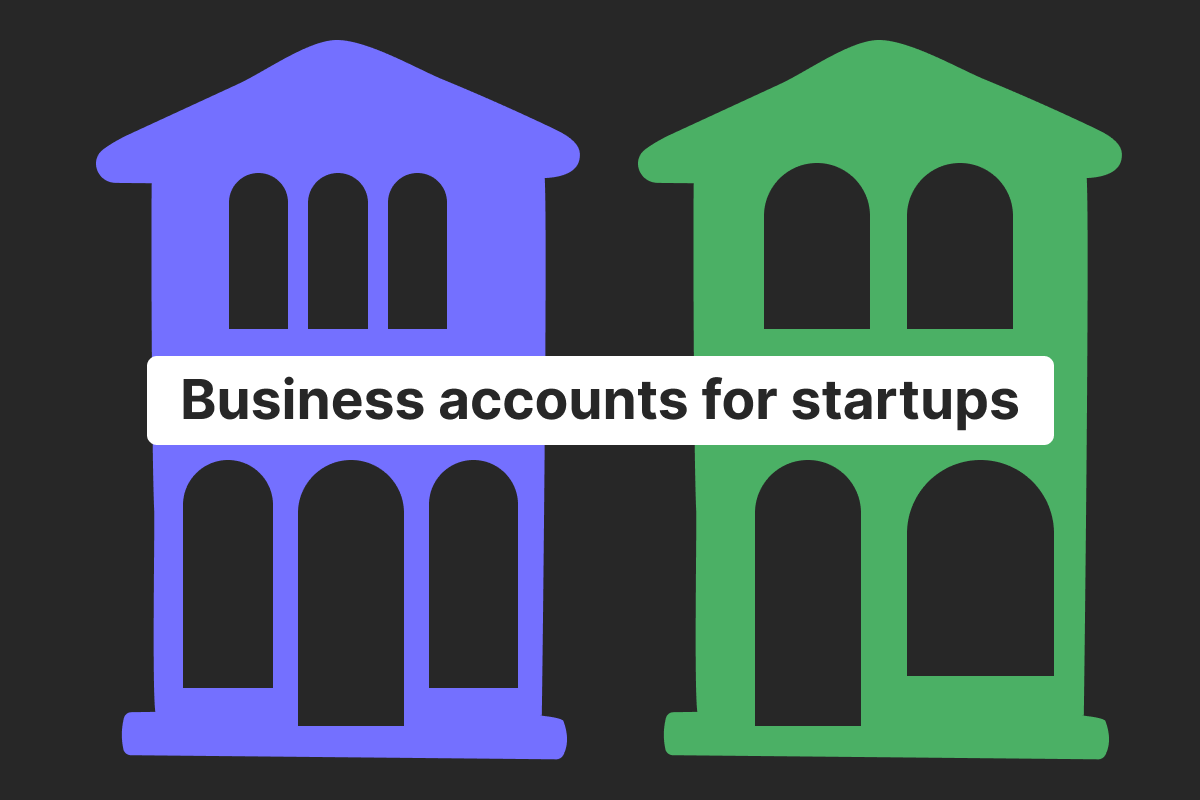Genome Blog / articles / Safe online banking for shopping and payments
Dec. 21, 2022
Most banks and financial providers now have apps or web pages using which clients can access banking services via the internet. Still, secure payments and features must remain a priority not only for said providers but for clients as well.
That’s right – you also need to play your part in ensuring a safe online banking experience. How can you do that? Genome will explain everything! Find out how secure online banking is and what is the safest way to shop online in this article!
Is online banking safe?
Let’s get our definitions straight first. Online banking is a type of banking experience during which a client can access the financial features of a bank or payment service provider entirely online. The difference between online and mobile banking is the way they are used. As the name suggests, mobile banking is done via your smartphone or tablet, and you need to download the app. With online banking, you just use the company’s website.
So, is mobile banking safe, and how about online banking? The short answer is yes. Financial institutions must abide by strict regulations and comply with major policies to serve clients. Three of the most notable ones are:
PCI DSS. The Payment Card Industry Data Security Standard is a security standard that was formed by major card brands (Visa, Mastercard, American Express, JCB International, and Discover). It exists to secure online payments, as well as all other transactions made with cards, from fraud and theft.
GDPR. The General Data Protection Regulation is implemented across Europe. It is a set of data privacy laws and is an important component of banking safety to protect clients’ personal information.
PSD2. The Revised Payment Services Directive was established by the European Union. Its main purpose is to regulate payment services and PSPs in the EU and EEA and enable secure payments.
When choosing a bank or a payment provider, confirm that they comply with all these. But, it is just the basics, as it is not enough for a financial company to be safe – you also need to take hold of your safety when banking online.
The safest way to do online banking
Let’s oversee what rules you and your financial provider must follow so that your banking experience is secure at all times.
Security in online banking
- Check that your provider complies with the abovementioned regulations – PCI DSS, PSD2, and GDPR to ensure banking safety.
- Before opening an account, ensure that you use a legitimate bank’s website, as some fraudsters can create doppelgangers to steal your data. Also, check if the website uses SSL encryption. It should have a padlock icon near the URL address, or the URL must start with HTTPS.
- Find out if your bank provides the two-factor authentication feature for logins – and enable it.
- The safest way to do online banking is not to use public Wi-Fi and do so with a VPN enabled, if possible.
- Last but not least – use a unique password for an online banking website. It must be a combination of numbers, special symbols, upper- and lower-case letters.
Security in mobile banking
The same tips listed in the online banking security section also apply to mobile banking. The key difference is that you need to download the app – make sure it is the official app of your financial provider.
Also, we advise you to set an advanced screen lock on your phone, such as face ID or fingerprint recognition. These will come in handy if you lose your phone, so thieves won’t be able to access your personal data, including your financial information and accounts.
What about safe online shopping?
This topic is a bit different compared to everything we discussed in this article before, as you can buy things via the internet even if you don’t use online banking. All you need is a card or local payment method!
So, what is the safest way to shop online? Here are our core tips:
- Select the shopping places cautiously. Before spending money, make sure that the website you plan to use is a legitimate website of the store and not a duplicate created by scammers. Verify that the URL starts with HTTPS or has a padlock icon at the beginning – a sign that the website encrypts your data.
- Do not open advertisement links that come to your email. Even if it comes from a familiar shop, you can’t guarantee that it’s not a phishing scam. So, if you get a letter promoting seasonal discounts on your favorite website – better to go to your browser and type the address manually.
- Safe online shopping starts with a client – don’t use public Wi-Fi when purchasing via the internet, and use strong passwords while logging in.
- Ensure that the merchant’s website uses 3D Secure during payments. The 3DS protocol provides the safest way to shop online, as it requires the client to pass the additional verification step. Thanks to it, the merchant can be sure that the client themselves uses the card to make a purchase. It shows that the merchant takes your security seriously and won’t allow scammers to use stolen cards on their website.
- Don’t give away too much information. During online purchases, the website will usually ask you for billing information (at the checkouts), contact and shipping details. If they ask for more personal data, you better leave the website and look for other, safer online shopping options.
Stay safe with Genome!
If you are looking for a reliable provider of online financial services – Genome is what you need. We are licensed and supervised by the Bank of Lithuania and are PCI DSS, PSD2, and GDPR compliant. Genome uses TLS/SSL encryption to keep communication networks protected from interventions.
Our safe online banking starts with a sophisticated verification process when you register your personal or business wallets. This way, we ensure that scammers and fraudsters can’t access the platform.
Once you join Genome, your every login will be protected with two-factor authentication, whether you use a web version or the Genome app. And you also get two-factor authentication for secure online payments and all other outgoing transactions. This way, no one can make a transfer from your wallet without you knowing it. All your transactions and other operations are easy to track, and you will be getting our instant notifications regarding all things important about your account and features.
If you start a business wallet, you can order a Genome token. With this small device, you can additionally approve outgoing transfers to secure payments even more.
You can order virtual and physical debit cards within Genome. The virtual ones exist in a digital form inside our app for safe online shopping. And, if you request, the physical cards won’t have any data printed on them – a remarkable theft-proof feature.
And we also didn’t forget about our merchants* – they can easily accept payments from customers in over 20 currencies while their transaction flow is protected at all times by the Covery anti-fraud platform!*
*Please note that Genome’s merchant services have been temporarily unavailable since September 2024.
FAQ
What is the safest method of payment online?
Most payment methods nowadays have features that allow safe online shopping. One of the safest methods is cards, as they are covered by 3D Secure protocol, which demands additional customer verification during purchases.
Which payment method is best for online shopping?
It really depends on the person’s preferences. Debit and credit cards are still the most used online payment methods in many countries, as they provide a safe online shopping experience. Some people also enjoy using mobile wallets (Google Pay, Apple Pay, etc.) because they are quick and don’t require you to fill out billing details.
What is the safest form of payment to receive?
For merchants, debit and credit cards remain one of the safest options, as 3DS helps them to ensure better verification of a customer.
How to stay safe when using online banking
We listed the most common safe online banking tips in the article. Generally speaking, you need to confirm that your bank complies with regulatory policies and that you use strong passwords and two-factor authentication when you use it.
How to keep your bank account safe
Don’t connect to public Wi-Fi when using it. Come up with unique, strong passwords and change them regularly, don’t share your passwords with anyone. Switch on the two-factor authentication procedure when login in and get instant notification regarding your transfers and other banking activity.
